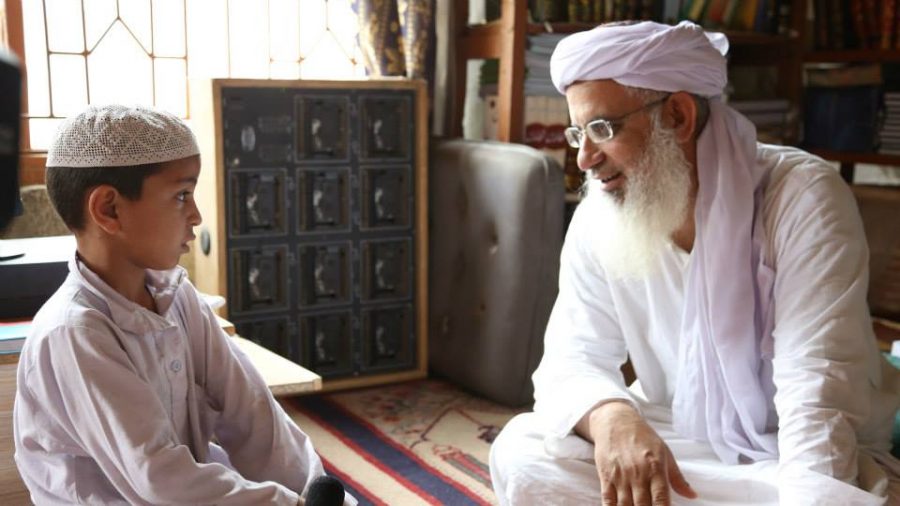Documentary on Islamic Extremism Is Both Effective and Simplistic
With our current tense political climate, directors Hemal Trivedi and Mohammed Ali Naqvi offer an interesting perspective on the state of radical Islam in Pakistan through their new film, “Among the Believers”.
September 30, 2016
Coming at a particularly heated moment of today’s political climate, “Among the Believers,” a new documentary directed by Hemal Trivedi and Mohammed Ali Naqvi, is an informative primer on the state of radical Islam in Pakistan. Featuring candid interviews with both jihadists and the secular citizens who oppose them, this film offers an explanation for the rise of terrorism in the country and shows the misery it has caused.
The film focuses on the Red Mosque, a Taliban-associated group of madrassahs — Islamic seminary schools — spread throughout Pakistan. In these groups, children are taught to see the Western world as sinful and to fight to impose global Shariah law. Parents of the children often send their offspring to madrassahs instead of secular schools because they are offered free housing and food, while other schools require tuition.
Trivedi and Naqvi focus on two students in particular, named Talha and Zarina. Talha, whose father had him enroll in a madrassah without realizing what they taught, becomes so radicalized that he eventually comes to view his own family as morally corrupt. On the other hand Zarina, who had become miserable attending a madrassah, flees the institution only to return home and be forced into an arranged marriage.
Naqvi and Trivedi skillfully intersperse scenes showing the perception of the extremists among the Pakistani public with essential historical background. Many citizens in Pakistan have been calling for restrictions on radical mosques, particularly after instances when jihadists bomb a children’s school or threaten violence against women at a large university. This opposition is articulated in this film through Dr. Pervez Hoodbhoy, who goes on a media tour calling for an end to religious dogmatism. Hoodbhoy explains that extremism has risen since the Soviet invasion of Afghanistan, when the United States funded madrassahs as a way to produce anti-Russian militants.
What is most remarkable about “Believers” is its in-depth interviews with Abdul Aziz Ghazi, the leader of the Red Mosque. Aziz talks openly about his plans to undermine the government and turn Pakistan, and eventually the world, into an Islamic state. His demeanor is hauntingly malevolent, but never more so than when diplomatically speaking on the need for Islamic presence on public television.
In contrasting Aziz with Hoodbhoy, the film presents the divide between radical and moderate Islam, quite simply. Given the choice between the two, every viewer should logically side with Hoodbhoy. However, the questions remains of the extent to which he accurately speaks for Pakistan as a whole.
Although terrorists make up a small minority of Muslims in the country, the majority of the population is deeply conservative. A 2013 Pew survey found that 84 percent of Pakistani Muslims supported making Sharia law as the law of the land. The fact that this is glossed over in ‘Among the Believers’ can be attributed to its propagandistic nature. The film’s goal is not to be intellectually, emotionally or cinematically complex, and in this respect, it succeeds. Rather, it aims to persuade emotionally, which it does fairly well. Moviegoers looking for a thorough analysis of Islamic extremism in Pakistan will be consistently engaged, but unfortunately they will also find that the film lacks truly thought-provoking substance.
Email Tony Schwab at [email protected].



























































































































































